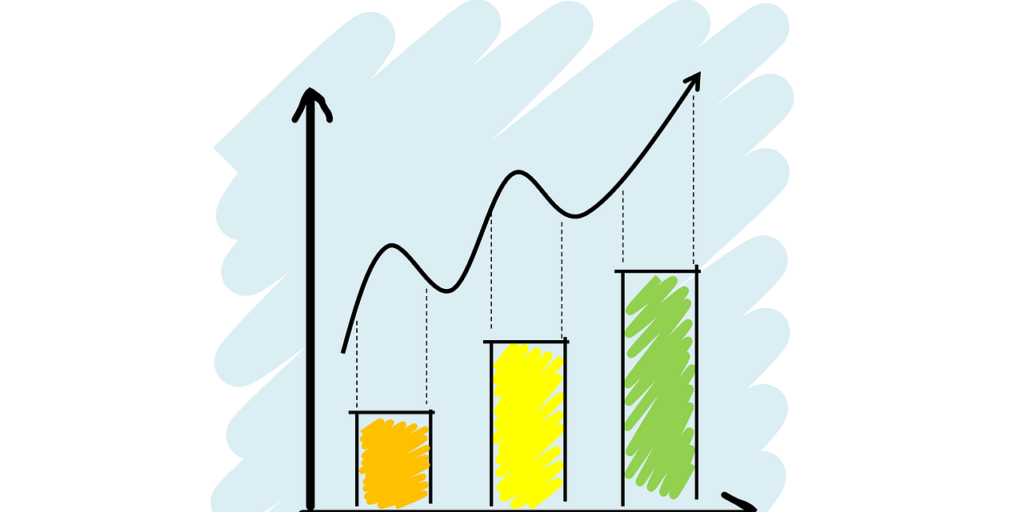In the previous post we may have talked about the “basics” of communication, but current reality “turns” us to dealing with more “advanced” issues in the industry.
Market research has been a classic tool of marketing and political communication since the latter began to borrow concepts and methods from economics.
With the emergence of social media and the rise of interaction with the public as a key issue, polls are increasingly developing as a prominent tool for engagement but also for guiding the commercial policy of media or even a political party.
There is, however, a certain limit to how we perceive, both as audience that “votes” and as an initiator who measure our opinion, the value and gravity of these kinds of polls.
It is another thing to “say my opinion” and it is recorded as a trend, and a completely different “what the majority wants” raising some claim to influence the final decisions.
The reason for the above and an example to explain our reasoning is a finding of the MRB poll conducted for the Star Channel news bulletin a few days ago.
According to the results presented, the vast majority of the society (almost 70%) is against the re-opening of primary schools, in the context of the “return to normal”.
This view may reflect parents’ cautiousness about their children’s health, concerns about family planning, or anything else. And it is fine to be recorded as such.
But putting it on the agenda makes it look like it could affect the political decision on whether or not to open schools. And such a notion ranges from comical to dangerous.
A pre-electoral poll is one thing and random polls on everyday issues is another. The former is a precursor to a result with political derivatives. The latter is merely representative public opinion polls on current issues without political consequences.
Unless political decisions can be influenced by polls and the agenda promoted by the media issues.
What do you think, can they?









